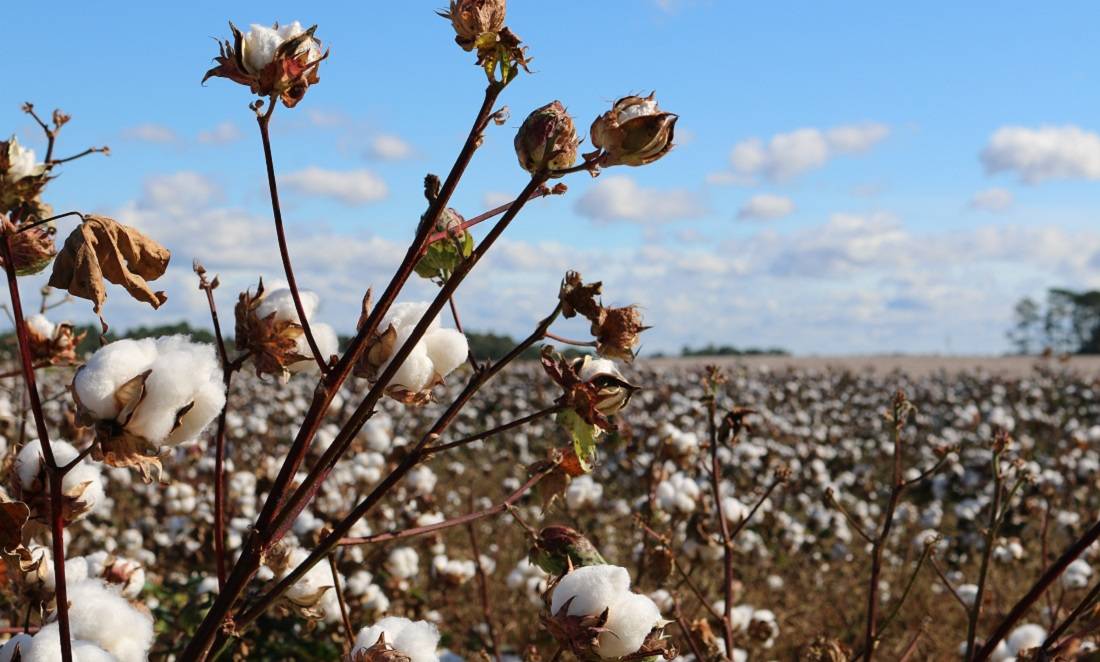
Dry chilli and cotton prices have been rising in local marketplaces, as merchants bet big on limited supplies. As a result of the virus's spread, the chilli crop has been destroyed in over 60% of the farmed area, increasing demand for the commodity.
Traders are not afraid to acquire equities since they expect high demand in both the export and local markets. Red chilli prices have surpassed 20,000 per quintal, up from 10,000 to 12,000 per quintal last year.
No chilli-growing state has reported adequate yields, according to trade analysts, so additional price increases are unlikely. Premium varieties like Teja and Byadigi were hovering in the region of 20,000 to 22,000 per quintal, thus traders are taking up even the most common and least desired varieties by giving 18,000 per quintal.
While Andhra Pradesh produces the most chilli in the country, the Guntur district accounts for about 30-40% of the state's entire production.
With the spread of the virus throughout the harvest season, however, yields fell to unprecedented low points.
"About 30-40% of chilli growers are likely to recoup their losses as a result of crop damage, according to an agriculture official.
Domestic demand is also growing as markets reopen with the lifting of Covid-19 limitations, encouraging traders to offer high prices. Traders expect a surge in demand for chilli powder now that practically all eateries and restaurants have reopened for operations. "Farmers would have been happy if the crop had not been harmed throughout the season,' said L Kranti Sekhar, a major chilli exporter.
Meanwhile, in the previous two weeks, the Guntur agriculture market yard has seen a huge surge of goods as individuals who had them held in cold storage hurried them to the yard for sale. Farmers believe that it is high time to sell the stock as soon as possible.
















